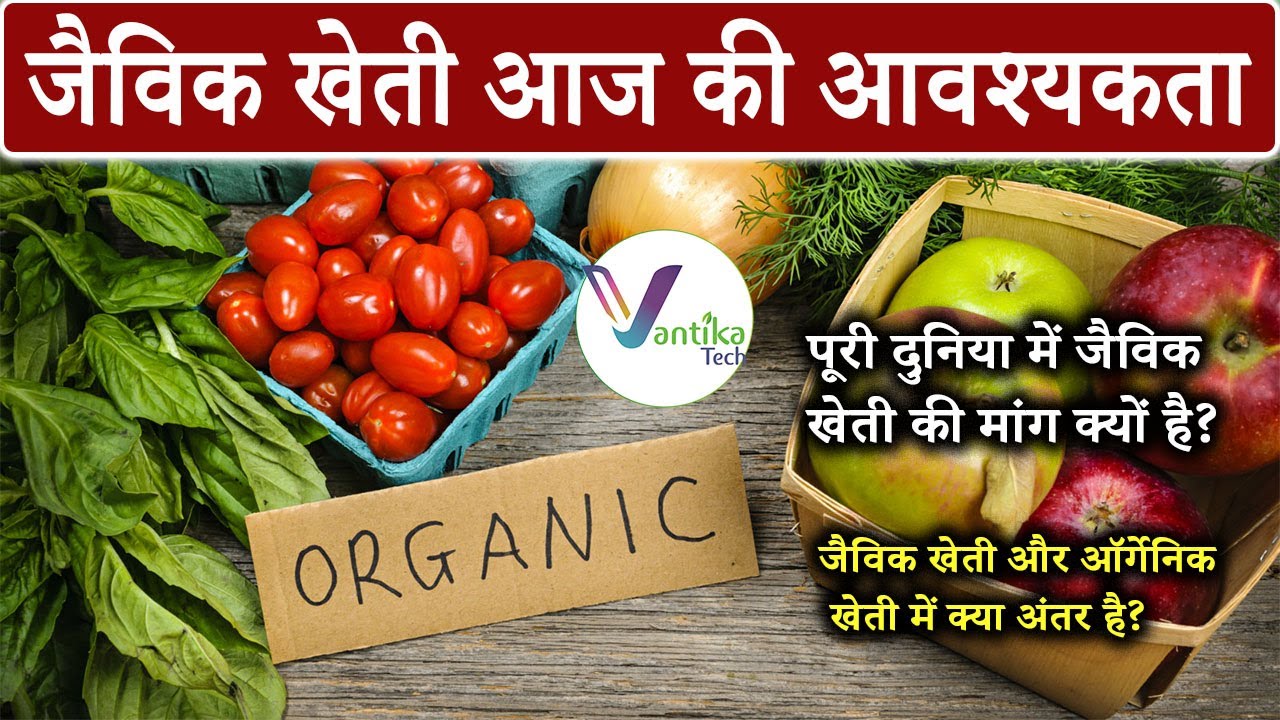In the heartland of the United States, where vast fields stretch to the horizon, a quiet revolution is taking place. American farmers, known for their resilience and adaptability, are embracing digital technologies to revolutionize traditional farming practices. This blog explores the profound impact of digital agriculture adoption in the U.S., shedding light on how these advancements are reshaping the landscape of modern farming
.The Digital Wave in American Agriculture:
Digital technologies have permeated every aspect of our lives, and agriculture is no exception. American farmers are leveraging cutting-edge tools and data-driven solutions to enhance productivity, reduce environmental impact, and streamline operations. From precision farming to smart equipment, the adoption of digital technologies is transforming the way crops are cultivated and livestock is managed.
Precision Farming:
One of the key pillars of digital agriculture adoption is precision farming. Through the use of GPS technology, sensors, and data analytics, farmers can optimize field-level management with regard to crop farming. Precision farming enables accurate planting, harvesting, and irrigation, leading to increased efficiency and reduced resource wastage. This targeted approach not only maximizes yields but also minimizes the environmental footprint of farming activities.
Example: A farmer in Iowa utilizes precision farming to precisely apply fertilizers based on soil nutrient levels, resulting in higher crop yields and cost savings.
IoT-Enabled Smart Equipment:
The Internet of Things (IoT) has found its way into agriculture, empowering farmers with smart equipment that communicates and shares data in real-time. Tractors, drones, and sensors are interconnected, providing farmers with valuable insights into crop health, soil conditions, and pest management. This connectivity facilitates prompt decision-making, ensuring timely interventions to address potential issues.
Example: A wheat farmer in Kansas employs IoT-enabled drones to monitor crop health, identify areas of concern, and optimize irrigation patterns, leading to a more bountiful harvest.
Farm Management Software:
Digital platforms and farm management software have become indispensable tools for modern American farmers. These applications assist in planning, monitoring, and analyzing various aspects of farm operations. From crop rotation planning to inventory management, these software solutions provide a comprehensive overview, enabling farmers to make informed decisions.
Example: A dairy farmer in Wisconsin uses farm management software to track milk production, manage herd health records, and optimize feed schedules, resulting in improved efficiency and profitability.
Data Analytics for Informed Decision-Making:
The abundance of data generated by digital agriculture tools is a goldmine for farmers. Harnessing the power of data analytics allows farmers to gain valuable insights into trends, patterns, and potential risks. This data-driven approach enables proactive decision-making, helping farmers mitigate challenges and capitalize on opportunities.
Example: An apple orchard owner in Oregon uses data analytics to predict optimal harvest times, reduce post-harvest losses, and enhance overall orchard management.
Environmental Sustainability:
Digital agriculture adoption is not only about maximizing productivity, but also about promoting environmental sustainability. By optimizing resource use, minimizing waste, and adopting eco-friendly practices, American farmers are contributing to a more sustainable and resilient agricultural sector.
Example: A soybean farmer in Illinois embraces precision irrigation and cover cropping practices to conserve water, prevent soil erosion, and promote biodiversity.
Conclusion:
As American agriculture embraces the digital revolution, the landscape is evolving, paving the way for a more efficient, sustainable, and technology-driven future. The adoption of digital technologies is not just a trend; it's a necessity for farmers seeking to thrive in an increasingly complex and interconnected world. The digital wave in American agriculture is unstoppable, and as we witness this transformation, it's evident that the future of farming is smart, data-driven, and sustainable.
Thank you for visiting Vantika Tech! We hope you found this blog insightful. Leave your comments below, share your thoughts, and don't forget to subscribe for more related information on the exciting advancements in digital agriculture.
#DigitalAgriculture #PrecisionFarming #SmartAgTech #FarmManagementSoftware #SustainableFarming #ModernFarmers








No comments:
Post a Comment